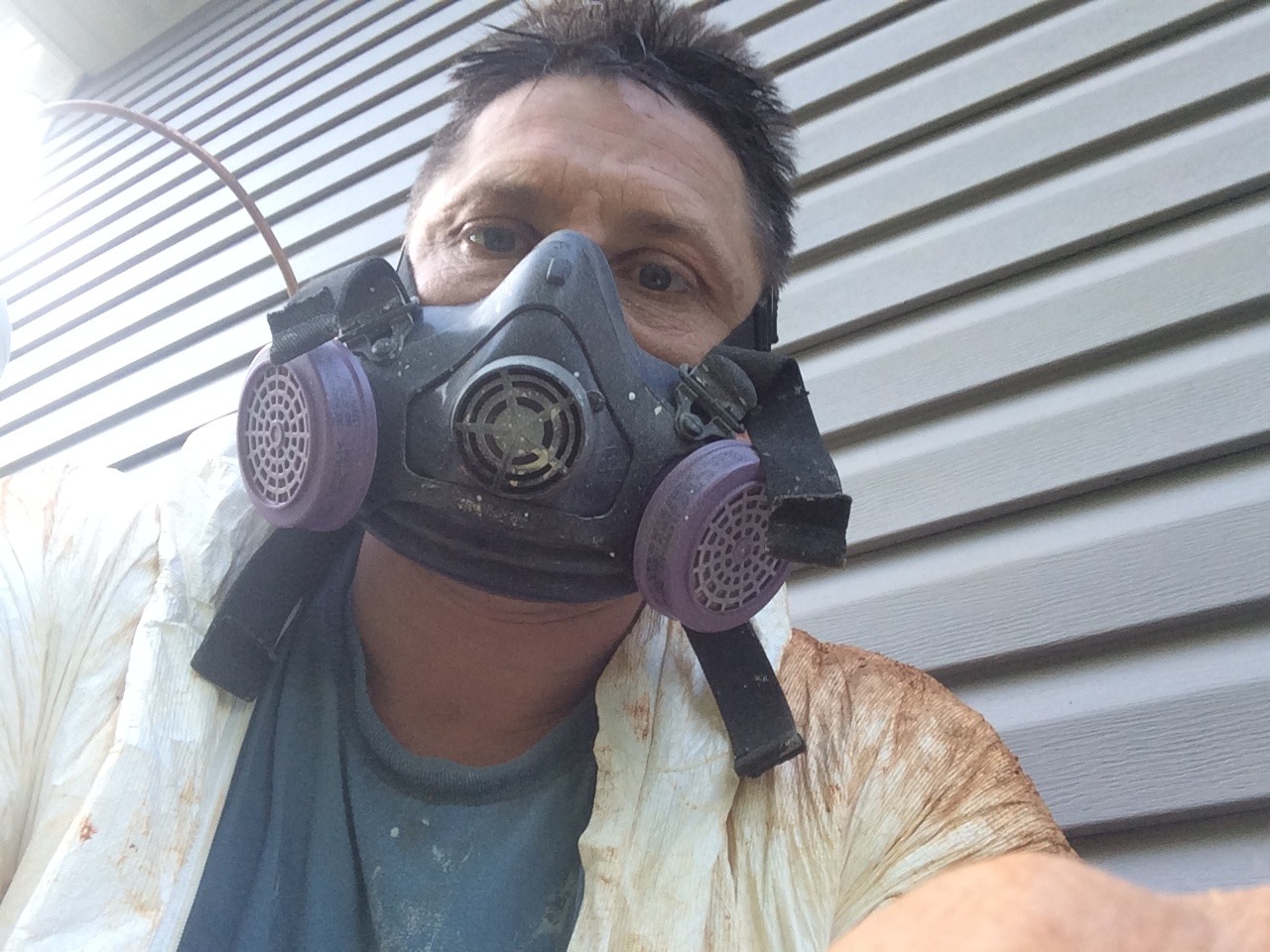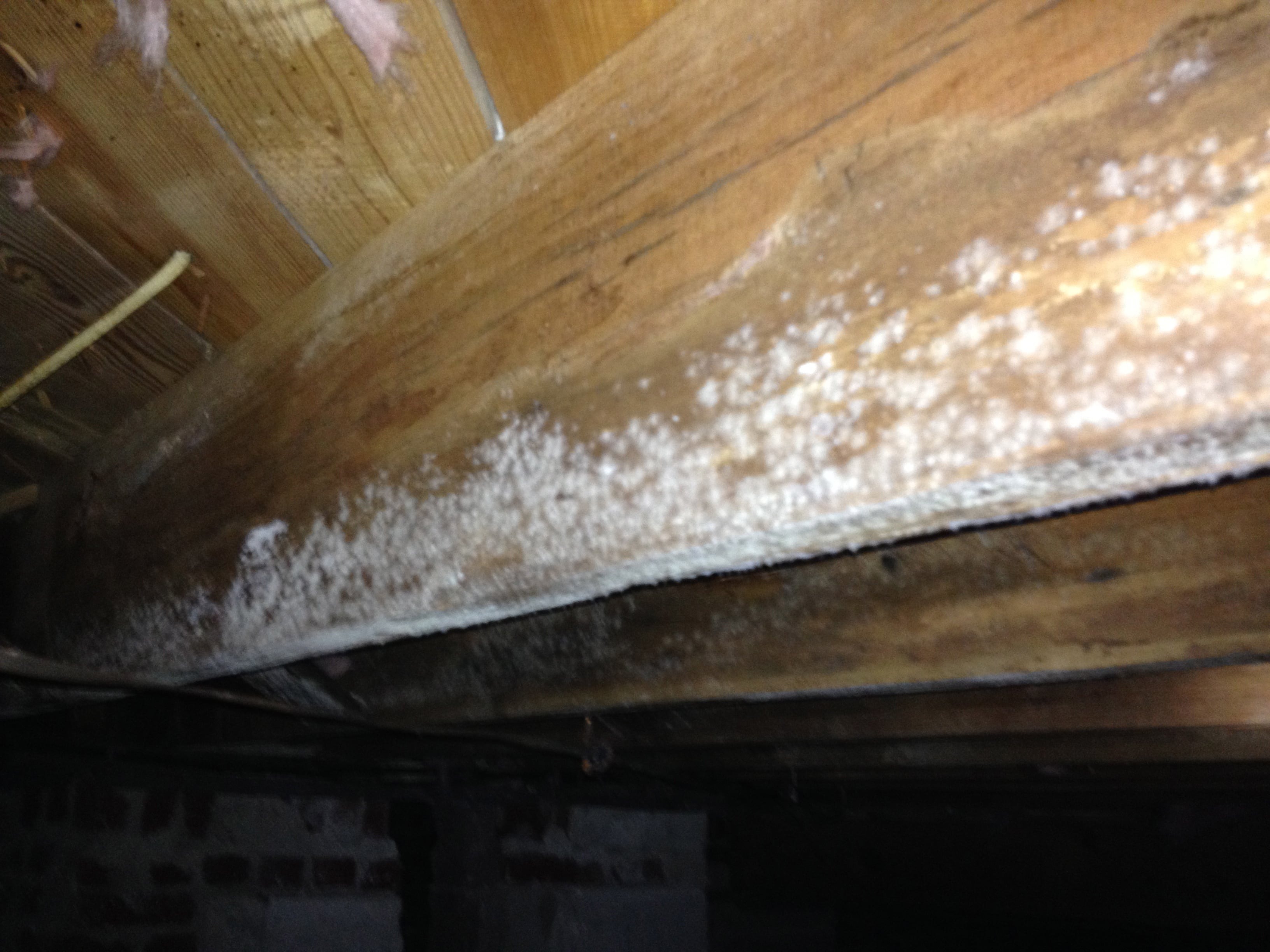Why Choose us
Environmental Services Provider is a full service environmental firm. We offer many solutions to a number of environmental problems. By serving the Ozarks for over 30 years, we are able to solve issues in a timely manner all while following the proper protocol. Here is just a short list of some of the environmental services that we offer.
RadON tESTING
Testing is the only way to confirm if you have high levels of Radon in your home or business. Call to setup and appointment.
aSBESTOS tESTING
Asbestos is known to cause cancer, if you have any concerns over possible Asbestos in your home or business, call today for testing.
uNDERGROUND sTORAGE tANK rEMOVAL
Due to the possibility of underground storage tanks leaking contaminants, it might be best to remove the tank.
pHASE I & ii eNVIRONMENTAL SITE ASSESSMENT
An environmental site assessment is a report prepared for a real estate holding that identifies potential or existing environmental contamination liabilities.
EMERGENCY rESPONSE
We handle customers problems, as if they were our own. If you need us at 10 PM or 2 AM, we will be there. Our emergency crew is standing by.
lAB TESTING
Our local laboratory is equipped to handle almost any situation. We even have local competitors that use our lab services.

Same Day Mold Inspection Available
One of our highly trained mold inspection experts will do a visual inspection at your location and take air quality samples if needed.
Here is a short list of some of the environmental services that we provide:
* Mold Inspection Springfield
* Mold Remediation Springfield
* HVAC Air Duct Cleaning Springfield
* Air Quality Testing Springfield
* Crawl Space Mold Removal Springfield
Common Questions About Air Duct Cleaning Services
What are the Average Mold Removal Costs?
ANSWER...
Mold removal costs will vary depending on what part of the world you are located, but on average, you should expect to pay $500 to $4000. Talk with your local mold inspector and removal company for an estimate.
Mold Inspector Near Me?
ANSWER...
How to find the best mold inspector near me? If you are located in Springfield or SW Missouri, your are in luck. We have been servicing the area for over 30 years.
Do I Need to Clean My HVAC Duct Work?
ANSWER...
Since your HVAC unit is circulating the air through your house, it makes sense for that air to be as clean as possible. Cleaning your HVAC Duct Work will not only improve the quality of air in your home, it will also increase the performance for your system.
Springfield Air Duct Cleaning Costs?
Mold Removal Cost Video
Are you still hesitant about bringing in a professional to help with your mold and moisture problems? You don't need to stress about it anymore, Environmental Services Provider has got your back. Our mold inspectors are ready to take care of your home or business.

Crawl Space Mold Removal in Springfield
If you have a musty smell coming from your crawl space, we can help. Moisture in a crawl space is not uncommon, especially if there is no vapor barrier. Having a vapor barrier is just the first step in resolving any mold or moisture issues in your crawl space. Let one of our professional mold inspectors do a visual inspection of your home to evaluate your situation. Call Today!
Call Now
Air Duct Cleaning Services Springfield
Cleaning ducts and vents generally costs between $263 and $472, but as with many services, the bigger and dirtier the project, the more you'll need to pay. When a professional comes to assess the needs of your system, they will consider:
*The size of your ductwork
*The degree to which it is contaminated
*The ease with which they can reach various parts of the system
Residential vs Commercial
The average cost of keeping your residential ductwork orderly is going to vary greatly from that of a commercial building. This is because commercial air ducts are often larger and more extensive. Residential cleanings can cost an average of about $20-$30 per vent. For commercial buildings, service providers must do an estimate of your space before they can provide an accurate quote. Before factoring in the materials and the number A/C and furnace units, you can expect a commercial project to cost at least $35-$50 per hour. Mold and Mildew Removal
The amount of debris or mold present in your system could certainly ratchet up the overall price. The cost of mildew removal is around $0.07-0.08 per square foot, on top of your initial cost, according to Blue Book. Removing these elements involves added time, special equipment and even special chemicals. In fact, you may be referred to a specialist if mildew and mold is too severe.
Custom Designed Ducts
Most residential air duct systems are installed in a predictable fashion or are easy to figure out. However, you can expect a higher quote if your system has been custom-designed, involves extra components and has features which are difficult to access. This is due to the added work and time which will have to be put into the project.
Commercial systems are often customized to fit the building they serve. They are almost guaranteed to feature added components, and will need to be assessed on a case-by-case basis. The more difficult the construction is to maneuver, the more you can expect to pay.
Evaporator & Condenser Coils - $100 - $400
Having evaporator and condenser coils cleaned could cost between $100 and $400. If your coils can be accessed in-place, you'll be looking at a lower service cost. If your technician needs to remove the them first, the cost should be around $400. Having the evaporator and condenser coils cleaned can have a significant impact on the efficiency of your system. If your coils are excessively dirty, they won't be able to do their job and your system will have to work harder. Keeping up with the hygiene of these components can save you money in both the short and long-term. For example, replacing evaporator coils can cost anywhere from $650 to $1200.
Air Duct Cleaning Cost
The average cost of duct cleaning is $356, or between $266 and $473. The size of your ductwork, degree of contamination and ease of access affect the price. Cleaning your ducts every 1 to 5 years, or more, can improve the energy efficiency and air quality in your home.
Did you know that cleaning your ducts and vents can help airflow and increase energy efficiency? According to the Environmental Protection Agency (EPA), keeping your air ducts and vents clear can increase energy efficiency and indoor air quality. While the cost to clean ducts and vents might sound high, the benefits to homeownersespecially those sensitive to allergensis worth considering.
Your cleaning service should involve all aspects of your duct work to maximize energy efficiency and air quality. This includes attending to the heat exchanger, blower, drain pan, plenum and coils as well. In the process, your service provider may find that you're facing larger issues than debris and build-up. The professional may recommend having your furnace repaired if they notice, for example, damage to your heat exchanger or blower motor. Generally, a furnace repair costs between $130 and $500. They may also find that an A/C coil needs to be replaced rather than cleaned and would then recommend A/C repair.
What Is Air Duct & Vent Cleaning?
When a professional cleaner comes into your home to clean ducts and vents, that means they will clean all the different elements in the HVAC system, including the supply and return ducts, grilles, diffusers, exchangers, heating units & cooling systems, drip pans, fans and the air handling unit.
When these aren't properly maintained and sanitized, they can build up dust, pollen, and even mold. This means when the air conditioner or heater turns on, the spores are released into the air for you to inhale. While some are less harmful, people who have allergies or sensitivity to certain spores will react negatively. Plus, mold is dangerous for anyone to ingest and should be avoided by regular maintenance.
Do They Need Cleaning?
In most modern homes with up-to-date heating and air conditioning systems, filters are changed regularly through the year, so you may not even need to hire a professional. However, keep your eyes open for the accumulation of dust, dirt, dander and mold. If you see it despite regularly changing your filters it could be an indication you need a high-pressure cleaning.
One of the best ways to know if your ducts or vents need to be cleaned is to just check them. Your eyes will be able to check for indications of mold, dust or pollen buildup. You might also be able to smell the presence of mold, which would be a clear indicator. Ductwork will have some buildup of dust, since the return registrars pull air back in. However, this doesn't mean your ducts have too much debris, and you can easily clean them with a duster or vacuum.
If you do have children or spouses who suffer from allergies or reactions to the air turning on, it might be an indication there is something in there making them react. They should speak with their doctors and then get a heating and cooling contractor out if it is recommended that airborne pathogens are the cause of their reaction.
Here are some clear signs that you need to call a pro:
*You have insulated ducts that are hard to access
*Recurring mold growth
*Rats or other vermin are crawling in them, or presence of their droppings
*Dust or debris can be seen in the air due to a clogging
*Visible mold
*Recent construction
Tips for Decreasing the Need for Cleanings
Your system can be treated with a sealant. These sealants prevent dirt and dust from getting sent back into the air. Sanitizer chemicals can also be added to prevent the growth of mold and other allergens. This is a possible solution for saving on fewer A/C cleanings in the future.
Can You Do It Yourself?
A do-it-yourself approach will only scratch the surface because it is hard to reach some of the ventilation running underneath the floor or into the wall. Although it may help in clearing some of the dust and debris, you really need a professional to guarantee your system is truly spotless. The proper procedure involves the use of a powerful vacuum system with multi-brush attachments designed to loosen debris and feed into the suction. Particles are then blown outside of the house or passed through a HEPA filter inside.
If you want to get some of the dust and debris out of your ventilation system, you can mix household cleaners like bleach with water, dip a cloth in the mix and then the wipe out the system. This will remove a layer of the spores, which could increase the quality of air a bit and help with the flow of air throughout the house until a pro can come out.
What Does Professional Cleaning Entail?
Professional cleaning involves getting the dust and debris outside, so they use outdoor ventilation equipment. It is so important that homeowners make sure the professional contractor is using good equipment then, as they could otherwise spread the spores into the home and further agitate sensitive family members. In the case of mold, a cleaner will only be able to tell you it is there, followed by needing an additional mold professional to come out and test or remove the mold. Air duct cleaning industries do not require state licensing, so make sure to check for a company with references.
Removing dust and debris from ventilation might require you to hire a professional to get down on the floor if you have floor vents, so be sure to speak with them about your furniture and other valuables near the vents to avoid any damages or problems.
source
1(417) 297-1213
Do You Need Air Quality Testing?
Environmental Services Provider will come to your location and take air samples. We will provide a detailed, written report on what we find within 24 hours of testing.
(417) 297-1213Environmental Services Provider LLC
1111 Farm Road 123 STE B
Springfield, MO 65802
(417)-297-1213
[email protected]


